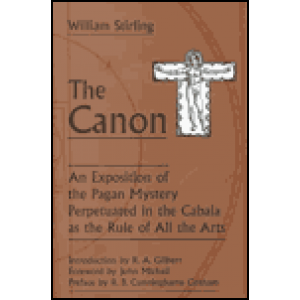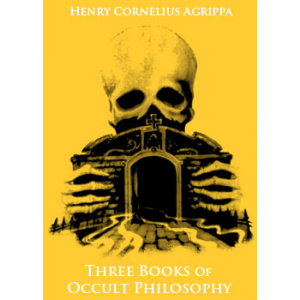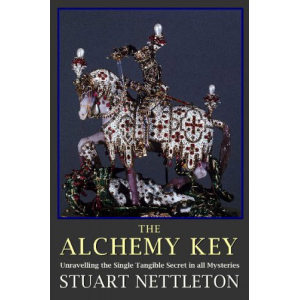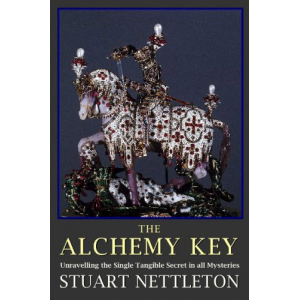
Book: The Canon by Sir William Stirling Maxwell
A mystical book by William Stirling first published in London in 1897. The work described the esoteric laws which governed the arts, sciences, politics, music and astronomy in ancient cultures. The links between ancient gods and numerical values, and symbolic proportions of sacred temples are also evaluated. Stirling believed that in classical societies (Greece, Rome, Egypt) the priests regulated the lives of the people by interpreting the cosmic cycles and laws, and that this metaphysical vision of society has been lost.The Canon - An Exposition of the Pagan Mystery Perpetuated in the Cabala as the Rule of all the Arts.
Although William Stirling was ridiculed by many of his contemporaries for writing this book, it has attracted much posthumous interest throughout the years since its original publication. It contains much information concerning the geometric and arithmetical properties and proportions of architecture, mythological symbols, ancient rituals, amd Divine Names. The thesis of the author consists in the proposition that sacred art, architecture, and literature is based upon a mathematical "canon law" that determines its proportions and manifestations according to traditional forms that have been passed down secretly through the ages. Stirling's Perspective limits the origin of these principles to the notion of a historical and horizontal continuity and transmission throughout various civilizations beginning with the Egyptian and continuing on to Greek, Hebrew, and Christian. This does not take into consideration the distinctive forms present in each tradition, each having Their Origin within the vertical transmission of the unique revelation that constitutes its eruption into the field of time. Nevertheless, it will be of much interest to students of ancient knowledge in general and Freemasons inquiring into the mysteries of Geometry in particular.
Downloadable books (free):
Harold Macgrath - The Pagan MadonnaArlo Bates - The Pagans
Aleister Crowley - The Necronomicon
Samuel Liddell Macgregor Mathers - The Tarot
Sir William Stirling Maxwell - The Canon














